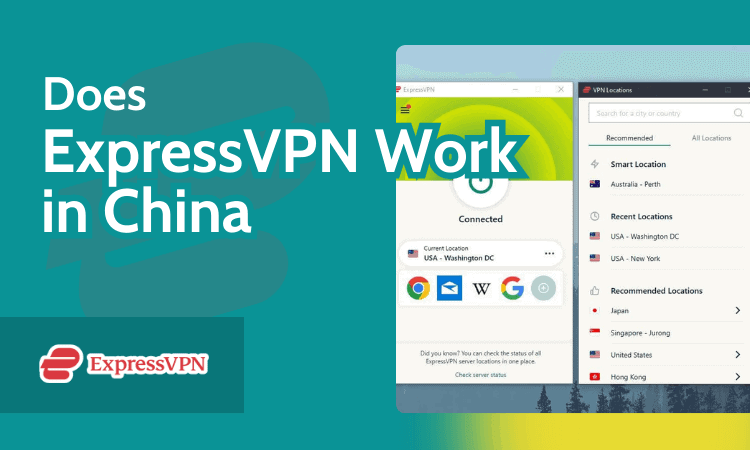Big data technology has undoubtedly brought about significant changes in the healthcare system. According to Grandview Market Research, the market for data analytics in healthcare is estimated to be worth over $50 billion next year.
One of the key advantages of big data in healthcare is its ability to promote greater autonomy and specialized care. It has revolutionized the healthcare industry by providing personalized insights and proactive health management. By analyzing extensive datasets, healthcare providers can customize treatment plans to meet individual needs, empowering patients in their healthcare decisions.
Predictive analytics identifies potential health risks, enabling early interventions and informed choices. Big data facilitates remote monitoring, allowing individuals to actively engage in their health through wearable devices that provide real-time data for self-monitoring.
Healthcare apps and platforms deliver personalized information, symptom tracking, and wellness advice, equipping people with the tools to manage their well-being. Clinical decision support systems assist healthcare professionals and patients in making collaborative evidence-based decisions. The efficient healthcare operations driven by big data enhance responsiveness to individual needs. Furthermore, research and development benefit from data-driven insights, accelerating medical advancements. Overall, big data in healthcare promotes autonomy by providing tailored information, encouraging proactive health behaviors, and improving decision-making for both patients and providers.
Specialized patient care constitutes the majority of medical visits. As a result, it becomes the primary focus of medical care. However, providing adequate healthcare services can be challenging and draining, given the complexities involved.
Here are some ways to enhance specialized patient care in the healthcare system:
Ways to Improve Patient Care
Wait Times
One of the most obvious and seemingly unavoidable issues in medical visits is wait times. Wait times have become a dreaded aspect of visiting hospitals or medical offices. Despite the standard practice of appointments being honored in other industries and business situations, the medical industry often falls short in this regard.
To improve the patient care experience, medical companies can start by addressing wait times on an office-by-office basis. Implementing basic practices, if not already in place, can go a long way in making patients feel cared for even before they see the doctors.
Offer Telehealth Services
The pandemic highlighted the importance of technology in communication for both individuals and businesses. With the necessary changes that accompanied patient care during the pandemic, medical offices had to find innovative ways to serve clients.
One outcome of this period was the enhancement of telehealth services as an alternative or supplement to traditional office visits. Telehealth options and accompanying digital services can make it easier for patients to receive the care they need without the additional time, travel, and effort required for traditional visits.
Telehealth services can be particularly beneficial for individuals with limited mobility or limited access to transportation. Additionally, busy individuals can experience greater flexibility and ease in navigating their healthcare. Considering that most medical information is already stored digitally and communication and services are readily accessible via computers or smartphones, extending streamlined services to these devices is a logical step.
Acknowledging Caregivers
A significant portion of medical visits involve patients being accompanied by caregivers. Given that many patients visiting doctors regularly are from the older demographic, it is common for them to have caregivers. Whether family members, friends, or professional healthcare services, caregivers play a major role in the patient’s healthcare experience.
Depending on the condition, it may be necessary to pay greater attention to caregivers than to the patients themselves when explaining and addressing evidence-based medical information. Failing to acknowledge these factors in many medical visits overlooks and complicates an already emotionally challenging experience.
Medical professionals who are attentive and patient with caregivers can extend that care directly to patients. This should be a regular practice, not only for logistical reasons but also for social responsibility.
Reduction of Administrative Burdens
For those who are not familiar with the intricacies of running a medical office or facility, it may be surprising to learn about the extensive management involved. The number of systems, teams, departments, staffing requirements, supply inventory, and logistical management can be overwhelming.
When complications or setbacks occur in these complex environments, it can create significant stress for healthcare professionals, especially RNs who desire greater autonomy. These challenges can hinder the ability of medical teams to effectively perform their jobs. Hospitals and offices that explore and implement solutions to streamline systems can create more time for attentive patient care.























